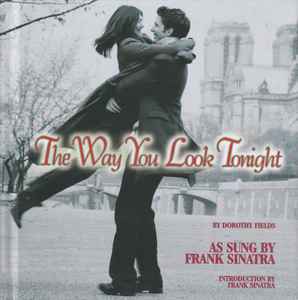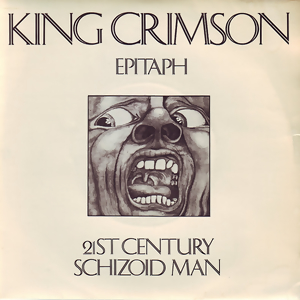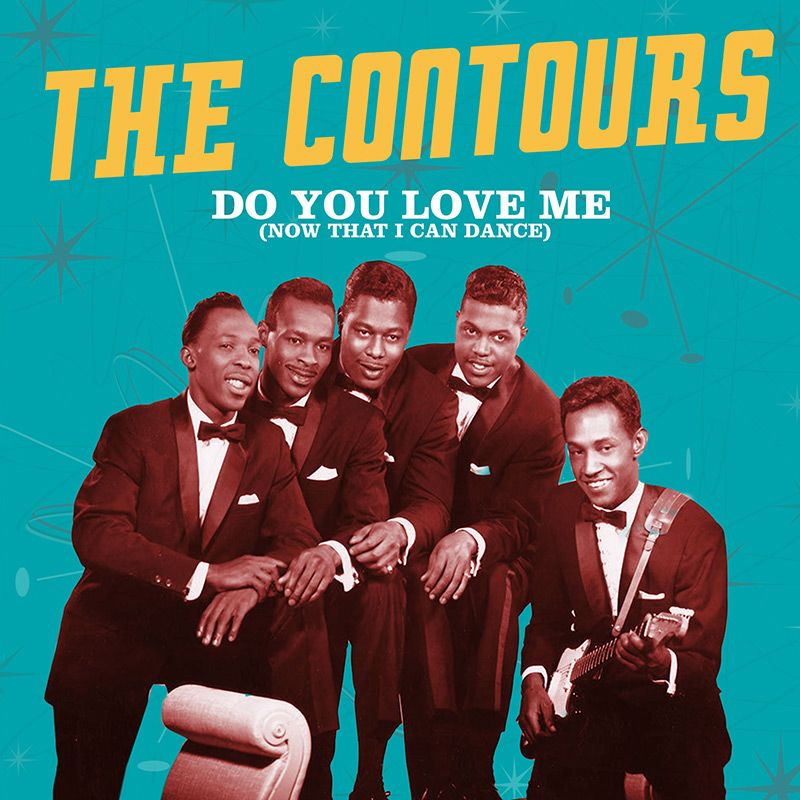 When Tom Jones belted out “It’s Not Unusual” for the first time in 1965, the musical landscape didn’t just shift—it erupted with a forceful, fresh swagger. With one of the most infectious horn lines in pop music history, a charismatic vocal performance dripping with bravado, and an irresistible rhythm tailor-made for swinging hips and snapping fingers, the song burst onto the scene like a lightning bolt, instantly etching itself into the cultural consciousness. “It’s Not Unusual” didn’t just launch a career—it launched a phenomenon. Jones became an icon overnight, and the track became his signature, a joyous, cheeky, and flamboyant declaration of everything exciting about 1960s pop, filtered through the lens of a Welshman with an impossibly big voice.
When Tom Jones belted out “It’s Not Unusual” for the first time in 1965, the musical landscape didn’t just shift—it erupted with a forceful, fresh swagger. With one of the most infectious horn lines in pop music history, a charismatic vocal performance dripping with bravado, and an irresistible rhythm tailor-made for swinging hips and snapping fingers, the song burst onto the scene like a lightning bolt, instantly etching itself into the cultural consciousness. “It’s Not Unusual” didn’t just launch a career—it launched a phenomenon. Jones became an icon overnight, and the track became his signature, a joyous, cheeky, and flamboyant declaration of everything exciting about 1960s pop, filtered through the lens of a Welshman with an impossibly big voice.
At its core, “It’s Not Unusual” is a song about heartbreak masked as a casual aside. There’s a sort of emotional sleight-of-hand going on beneath its confident, peppy surface. The lyrics tell the story of a man trying to downplay his jealousy and pain when he sees someone he loves moving on without him. “It’s not unusual to be loved by anyone / It’s not unusual to have fun with anyone / But when I see you hanging about with anyone / It’s not unusual to see me cry / Oh, I wanna die,” he sings, with a kind of theatrical flourish. This juxtaposition—buoyant melody paired with vulnerable subject matter—gives the song a unique emotional complexity. On the surface, it’s a feel-good, dance-floor-ready hit, but beneath the grin lies a clenched jaw, and behind the bright horns are the shadows of unrequited love.
The song’s origins are just as fascinating as its final form. Written by Les Reed and Gordon Mills, the tune was originally intended for singer Sandie Shaw, who turned it down. At the time, Jones was an unknown artist managed by Mills, and he convinced the songwriters to let his young Welsh protégé take a stab at the track. That decision turned out to be serendipitous, as Tom Jones’s delivery gave the song exactly the kind of intensity, drama, and showmanship it needed to break through. His voice—forceful, rich, brash, and soulful—turned a simple pop song into something theatrical and iconic. There’s a distinct urgency in his performance, a barely restrained emotional edge that makes the listener feel like he’s teetering between a wink and a scream.
The recording itself is a perfect time capsule of mid-’60s British pop. Fueled by a driving beat, punchy horns, and a swinging rhythm section, it feels equal parts mod, Motown, and musical theatre. The arrangement straddles genres and influences, borrowing the big brass sounds of American R&B and soul, while maintaining the slick, stylish polish of the UK pop scene. That blend of styles helped the track achieve broad appeal. It sounded simultaneously familiar and new—just enough like what was on the radio to fit in, but bold and unique enough to stand out. And of course, none of it would have worked without Tom Jones in the center of it all, a force of nature in a velvet suit.
When it was released in early 1965, “It’s Not Unusual” immediately caught fire. It reached No. 1 on the UK Singles Chart and made it into the Top 10 in the United States. For an unknown singer from Wales, that kind of international breakout was practically unheard of. Suddenly, Tom Jones was everywhere: on television, in magazines, in the hearts of screaming fans. The song made such an impact that it effectively branded Jones’s public persona. He wasn’t just a singer anymore—he was “Tom Jones,” the charming, hip-swinging, chest-baring entertainer who embodied the spirit of swinging London. The Beatles were cheeky. The Rolling Stones were dangerous. Tom Jones? He was sexy, theatrical, and larger than life.
What made “It’s Not Unusual” especially potent was that it arrived during a cultural explosion. The mid-’60s were defined by radical shifts in fashion, music, and social mores. Britain was in the midst of the “Swinging Sixties,” a youth-driven revolution in taste and attitude. Pop culture was colorful, confident, and rebellious. “It’s Not Unusual” fit the mood perfectly—it was brash, stylish, emotional, and just slightly over-the-top. It was a perfect soundtrack to the new world taking shape in London clubs and American dance halls. Tom Jones didn’t just ride the wave—he became part of the wave.
Jones’s voice was also part of what made him so different from his contemporaries. While many British Invasion acts adopted the more nasal or polished delivery of pop vocals, Jones sang like a gospel preacher who’d wandered into a soul club. His voice was commanding, expressive, and distinctly un-British in its boldness. “It’s Not Unusual” served as a kind of vocal showcase—it allowed Jones to show off his control, his power, and his ability to move between playfulness and intensity in a single phrase. The result was a vocal performance that was impossible to ignore, and one that still holds up today.
The cultural impact of “It’s Not Unusual” has only grown in the decades since its release. It has been featured in countless films, television shows, and commercials. Perhaps most famously, it became a recurring gag on the 1990s sitcom The Fresh Prince of Bel-Air, where the character Carlton (played by Alfonso Ribeiro) would break into a hilarious, exaggerated dance whenever the song played. That running bit cemented the track in the minds of a new generation, ensuring that “It’s Not Unusual” would continue to be beloved not only as a piece of 1960s pop history but also as a source of pure, joyful nostalgia.
Beyond the pop culture references and television cameos, the song has endured because it is simply so well-crafted. The melody is timeless. The arrangement is vibrant and tight. The lyrics, though deceptively simple, manage to convey a very real human experience—jealousy, heartbreak, denial—without ever becoming morose. And the performance is unforgettable. There’s no mistaking Tom Jones’s delivery, no way to hear “It’s Not Unusual” without picturing his open shirt, confident strut, and gleaming smile. The song doesn’t just sound like the 1960s—it feels like the 1960s: bold, stylish, exuberant, and ready for anything.
Over time, “It’s Not Unusual” has become more than just a song. It’s become a cultural artifact, an emblem of a very specific time and place, and a symbol of how much personality and flair an artist can bring to a three-minute pop track. For Tom Jones, it was a defining moment, the beginning of a career that would span decades, genres, and generations. And for listeners, it remains a moment of unfiltered pop joy, the kind of song that makes you smile before you even realize it’s playing.
Part of what makes the song so unique is its ability to transcend genre. Though it’s clearly rooted in 1960s British pop, it also flirts with soul, show tunes, and even big band jazz. That musical versatility is part of why it continues to work in so many different contexts. It can be performed with a full orchestra, stripped down with a jazz trio, or blasted at full volume in a dance club. No matter the setting, it works. And no matter who covers it—be it a lounge singer, a punk band, or a Vegas impersonator—it always circles back to that original, explosive charm of Tom Jones’s version.
It’s also worth noting how “It’s Not Unusual” impacted Tom Jones’s relationship with the public and his own identity as an artist. He quickly found himself typecast as the ultimate ladies’ man—a suave, virile performer known as much for his charisma and chest hair as for his vocal talent. But while some might have crumbled under that kind of caricature, Jones leaned into it, making it part of his act, part of his brand. Songs like “Delilah,” “What’s New Pussycat,” and “She’s a Lady” would build on the persona introduced in “It’s Not Unusual,” creating a kind of musical mythology around Tom Jones as the eternal showman, lover, and voice of passion.
Even today, nearly sixty years after it first exploded onto the airwaves, “It’s Not Unusual” retains its power. It’s not just a classic—it’s a ritual. When it plays, people react. They grin, they sing, they dance, they remember. That’s the kind of cultural magic few songs achieve. And much of it can be traced back to the raw, authentic energy that Jones brought to that original recording. He didn’t just sing the song—he lived it. And in doing so, he gave it a kind of eternal life.
In the vast catalog of mid-20th-century pop music, very few songs have the staying power of “It’s Not Unusual.” It’s a song that seems to transcend time and taste, capable of fitting into any playlist, any party, any decade. It’s a song that sounds just as fresh today as it did in 1965, thanks to its perfectly balanced combination of musical excellence, emotional authenticity, and unforgettable performance. It’s the kind of song that reminds us what pop music is capable of—how it can tell a story, stir the soul, and make you want to get up and move, all at once.
And most of all, it’s the song that made Tom Jones a star. Before “It’s Not Unusual,” he was just a singer from Pontypridd. After it, he was a global phenomenon. And no matter how many records he’s released since then, or how many decades he’s been in the spotlight, “It’s Not Unusual” will always be the foundation of his legacy—the timeless, irresistible song that made the world take notice and never look away.


